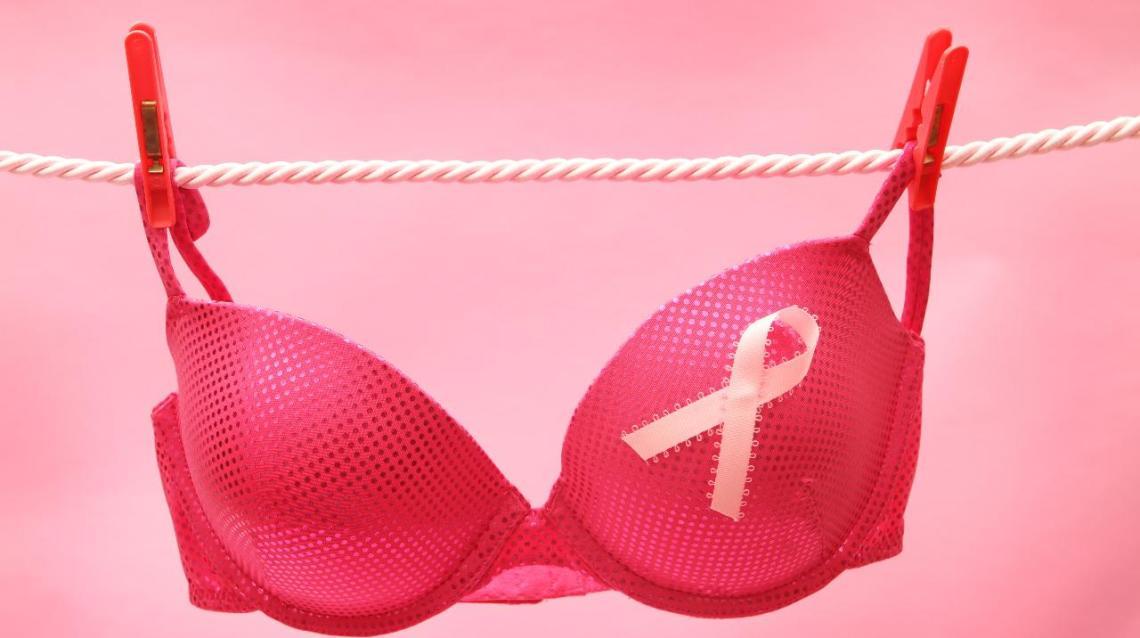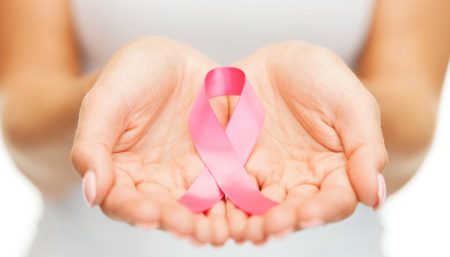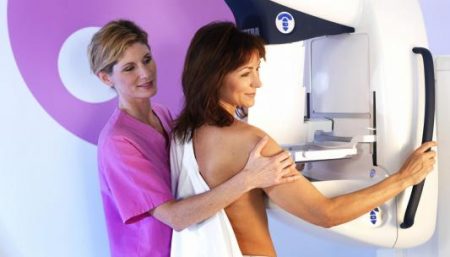Recently, Dr. Barbara Levy, vice president for health policy for the American College of Obstetricians and Gynecologists (ACOG) and Health magazine teamed up to survey 753 of the magazine’s readers and 1,248 OB-GYNs. The survey results uncovered some persistent myths and Health.com reported on 25 of them.

WF experts uncover a few for your eye view.
- 63 percent of the respondents believed that family history is the biggest breast cancer risk factor.Not so, says Dr. Susan Boolbol, chief of breast surgery at Beth Israel Medical Center in New York City. Age is the biggest factor. A lifetime exposure to estrogen may be the reason older women are more at risk. For a woman in her 30s, her risk is 1 in 233. But by the time she reaches 60, her risk goes up to 1 in 29. Nonetheless, a family history of any kind of cancer does increase the risk factor, which may warrant earlier screening.
- 40 percent of women say they worry more about breast cancer than any other kind.Although breast cancer is the most often diagnosed type of cancer in women, it’s not the deadliest. Women have a 1 in 20 chance of dying from lung cancer, while the lifetime risk of dying from breast cancer is 1 in 36. That’s because breast cancer tends to be caught in its early stages when treatment can be effective. And that’s thanks to women getting annual mammograms starting at age 40.
- Many women believe that, small-breasted women have less chance of getting breast cancer.There’s no connection between the size of your breasts and your risk of getting breast cancer. Very large breasts may be harder to examine than small breasts, with clinical breast exams—and even mammograms and MRIs—more difficult to conduct. But all women, regardless of breast size, should commit to routine screenings and checkups.

- Thirty-nine percent of women in the survey believe that formal, monthly breast exams are the best way to find the cancer early.No, 73 percent of the physicians surveyed said mammograms are the best check. And 85 percent of those recommended women at age 40 begin getting mammograms every year or two. The 2009 federal task force findings that women should wait until age 50 to begin mammography screening weighed the only cost factor to public health institutions. But ACOG said a 2010 study of 600,000 women who began getting mammograms in their 40s reduced their breast cancer death rate by 29 percent compared to women who waited until their 50s.
- Only four percent of the women polled listed weight as the “biggest effect” on breast cancer risk.But ACOG/Health.com says being heavy increases a woman’s risk a lot – by as much as 40 percent. Being overweight or obese does increase your breast cancer risk—especially if you’re past menopause and/or you gained the weight later in life
- Breast implants can raise your cancer risk.Women with breast implants are at no greater risk of getting breast cancer, according to research. Standard mammograms don’t always work as well on these women, however, so additional X-rays are sometimes needed to more fully examine breast tissue. In one of the largest studies on the long-term health effects of silicone breast implants, researchers from the National Cancer Institute (NCI), found no association between breast implants and the subsequent risk of breast cancer. Current breast implants contain saline, not silicone.

- The worst myth may be that breast cancer can be prevented.That’s not true. There is no vaccine. You can, however, lower your risk with proper diet, exercise(even just taking a walk) and regular mammogram screening, good practices throughout the year and not just when October rolls around.
For more answers on breast cancer, you can log on to, http://www.health.com/health/ .
References:
Disclaimer
The Content is not intended to be a substitute for professional medical advice, diagnosis, or treatment. Always seek the advice of your physician or other qualified health provider with any questions you may have regarding a medical condition.



